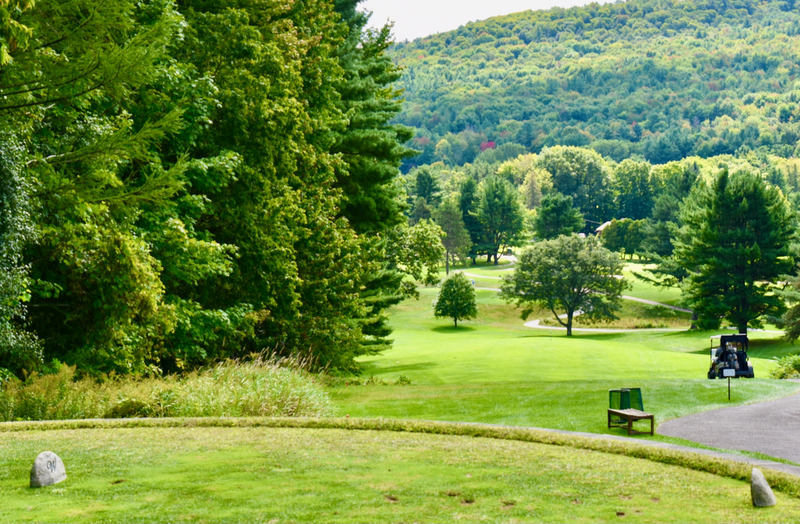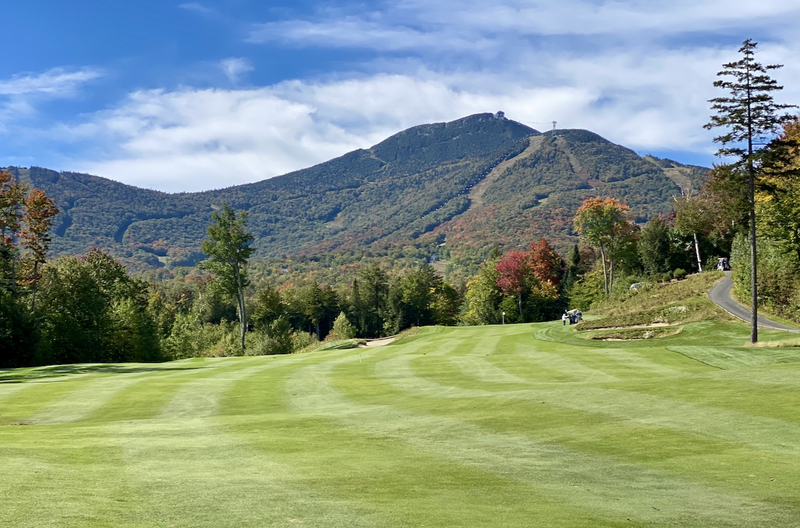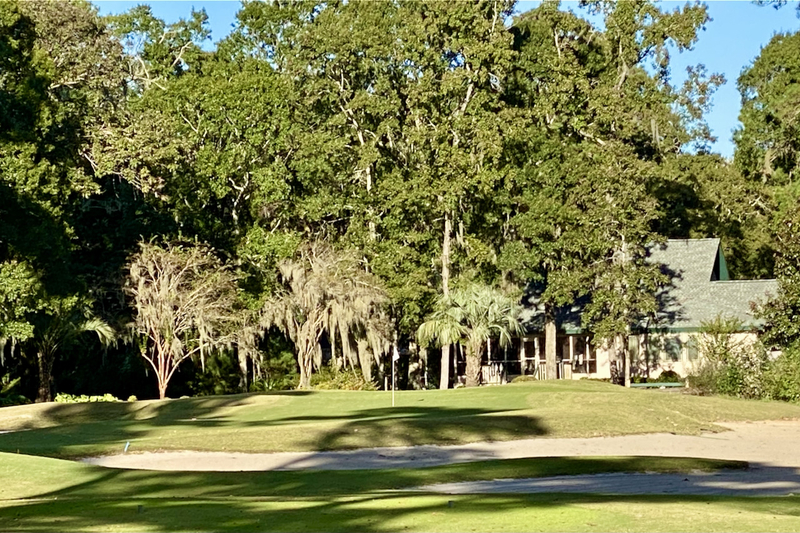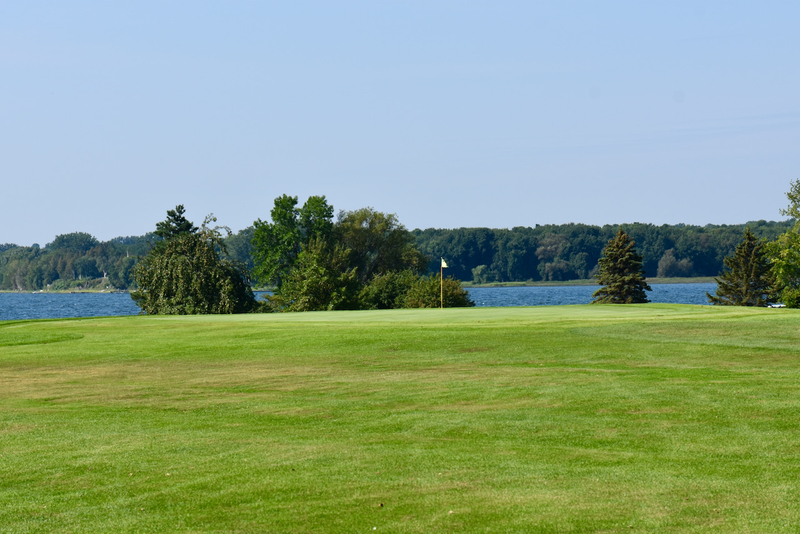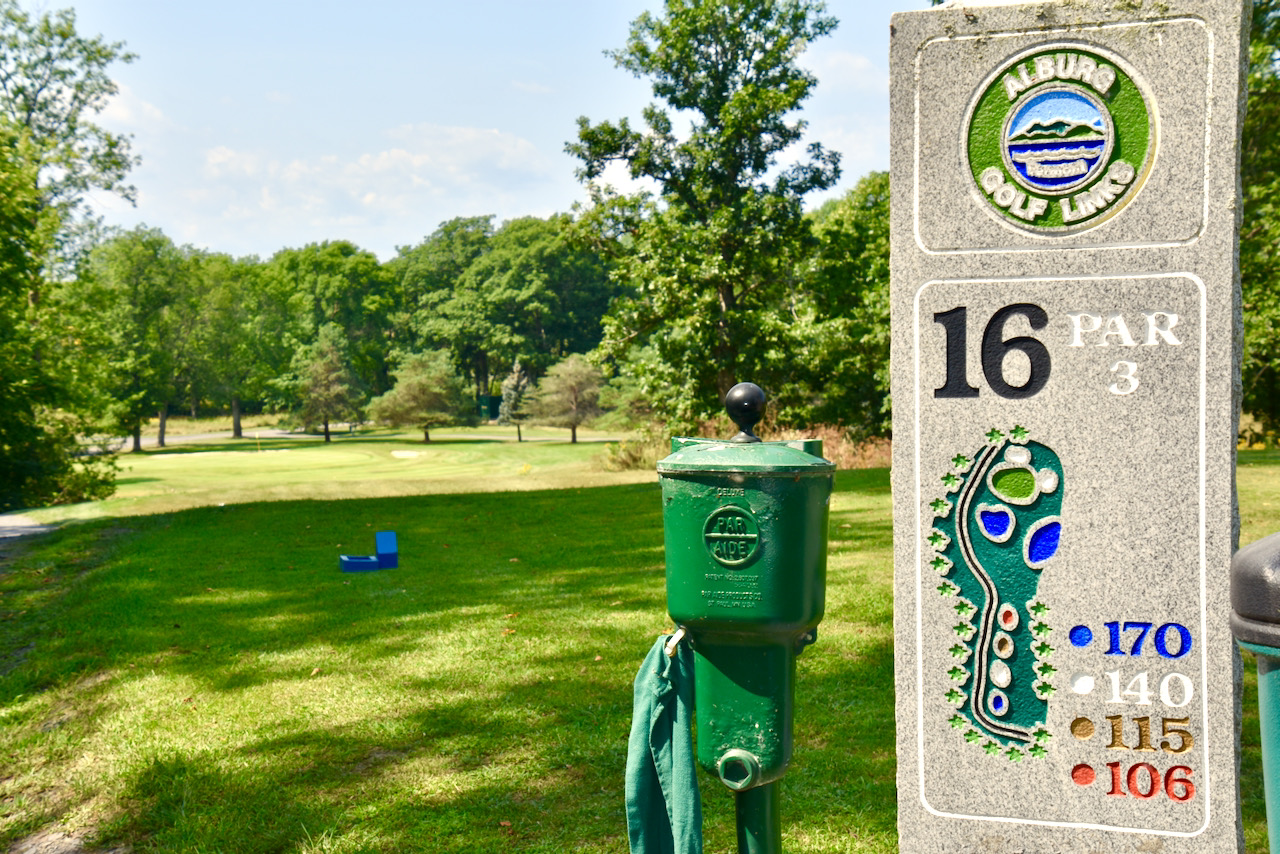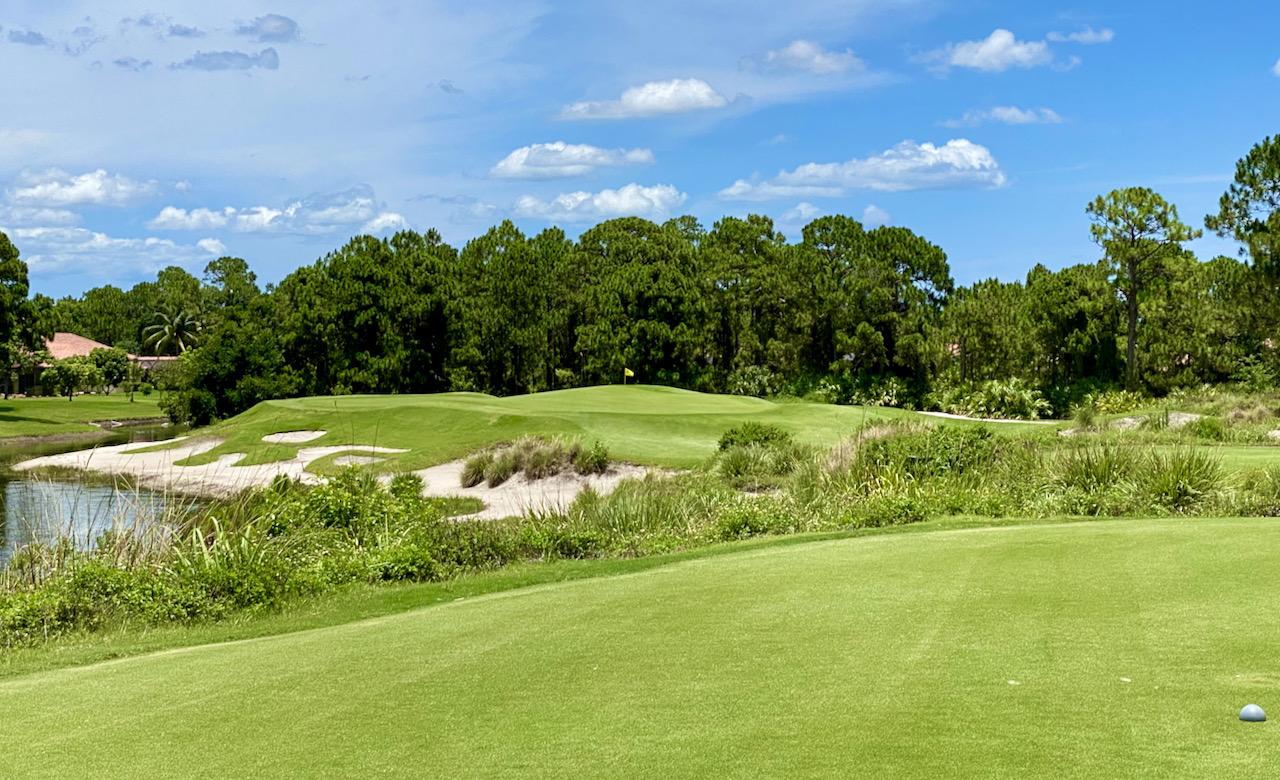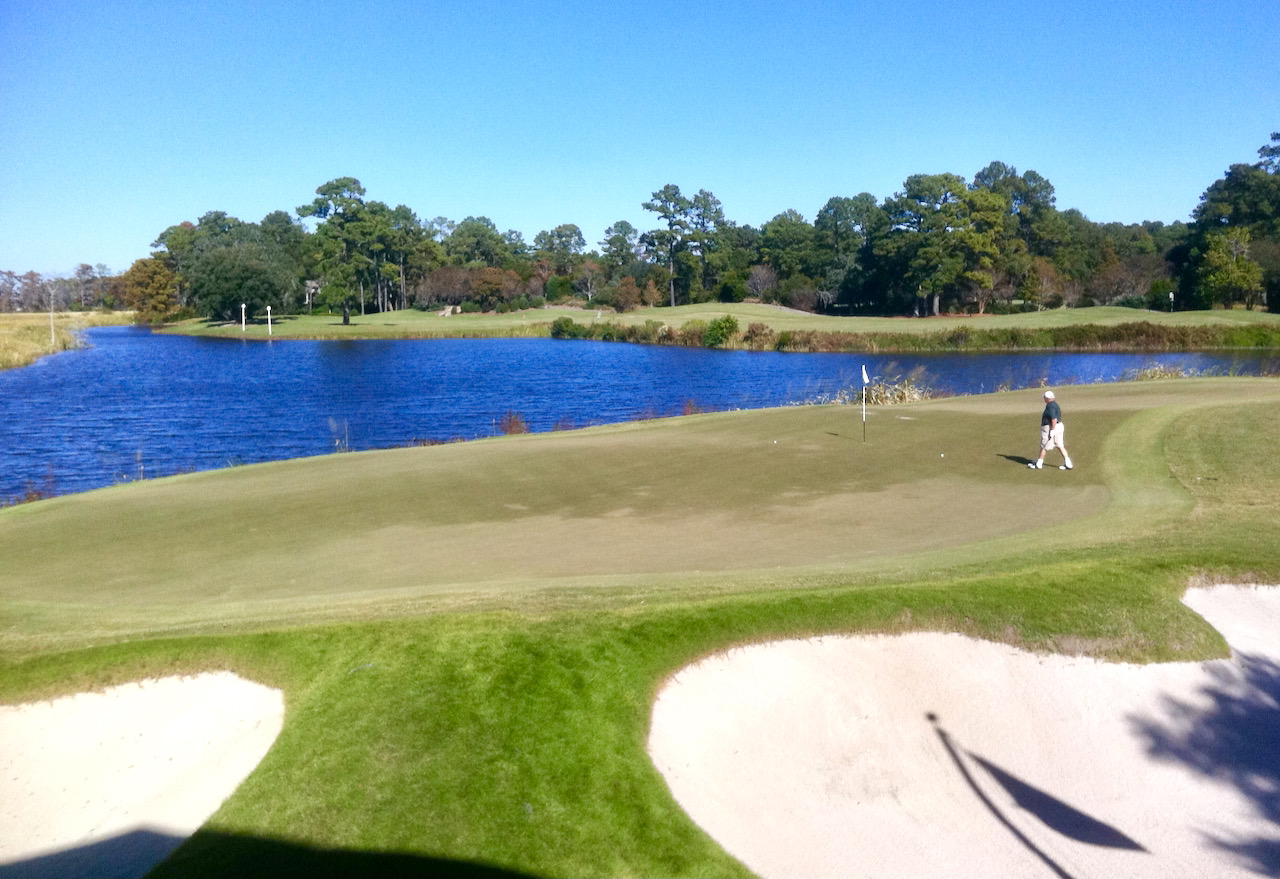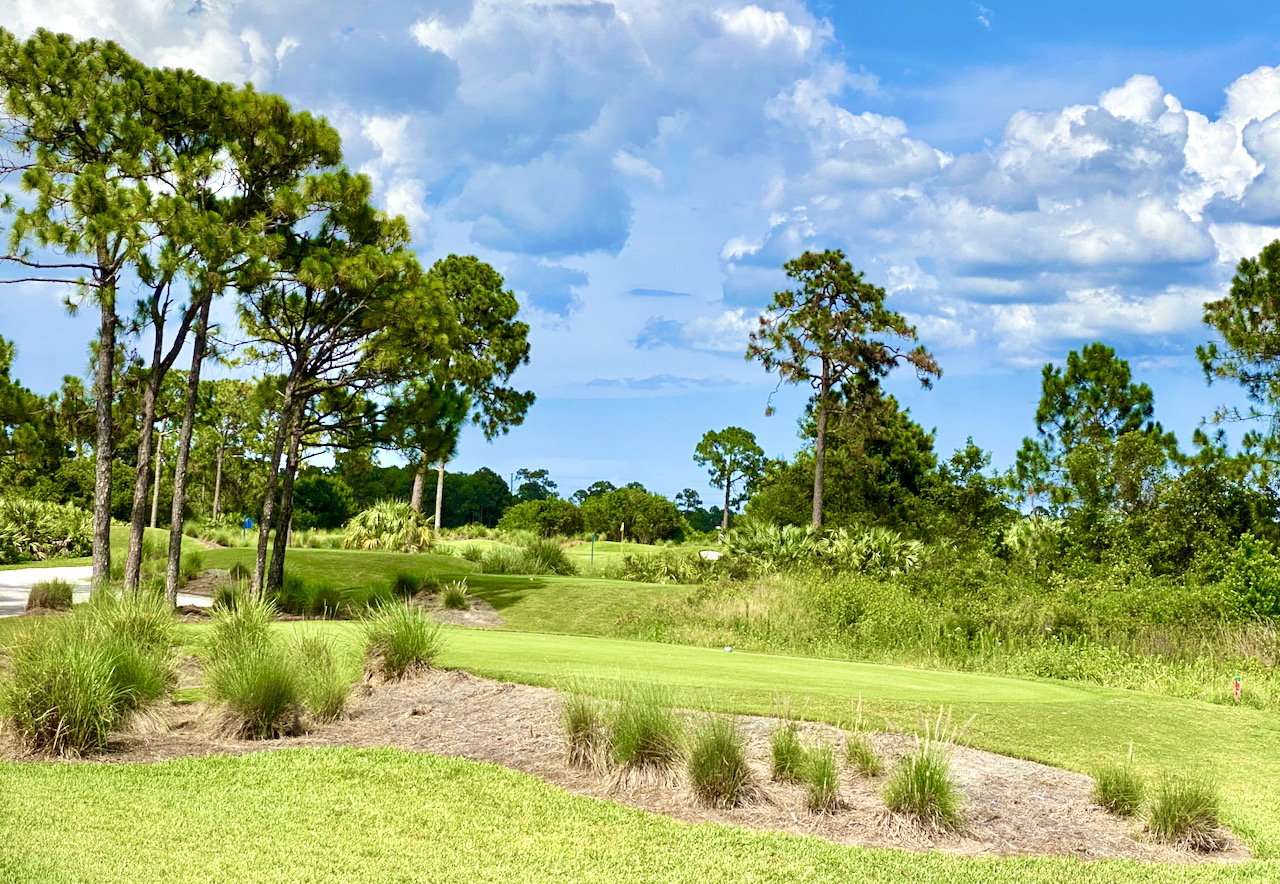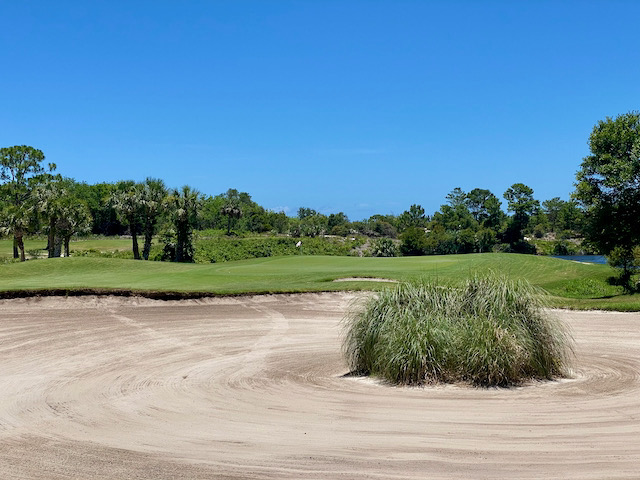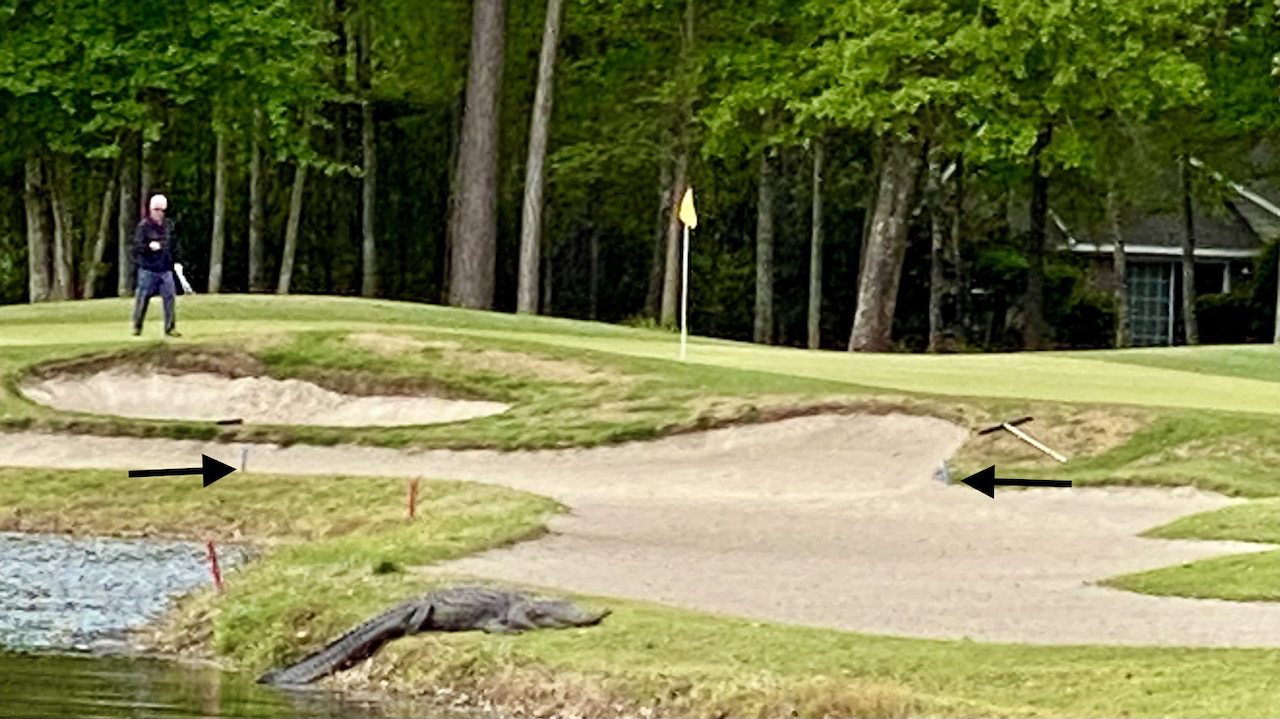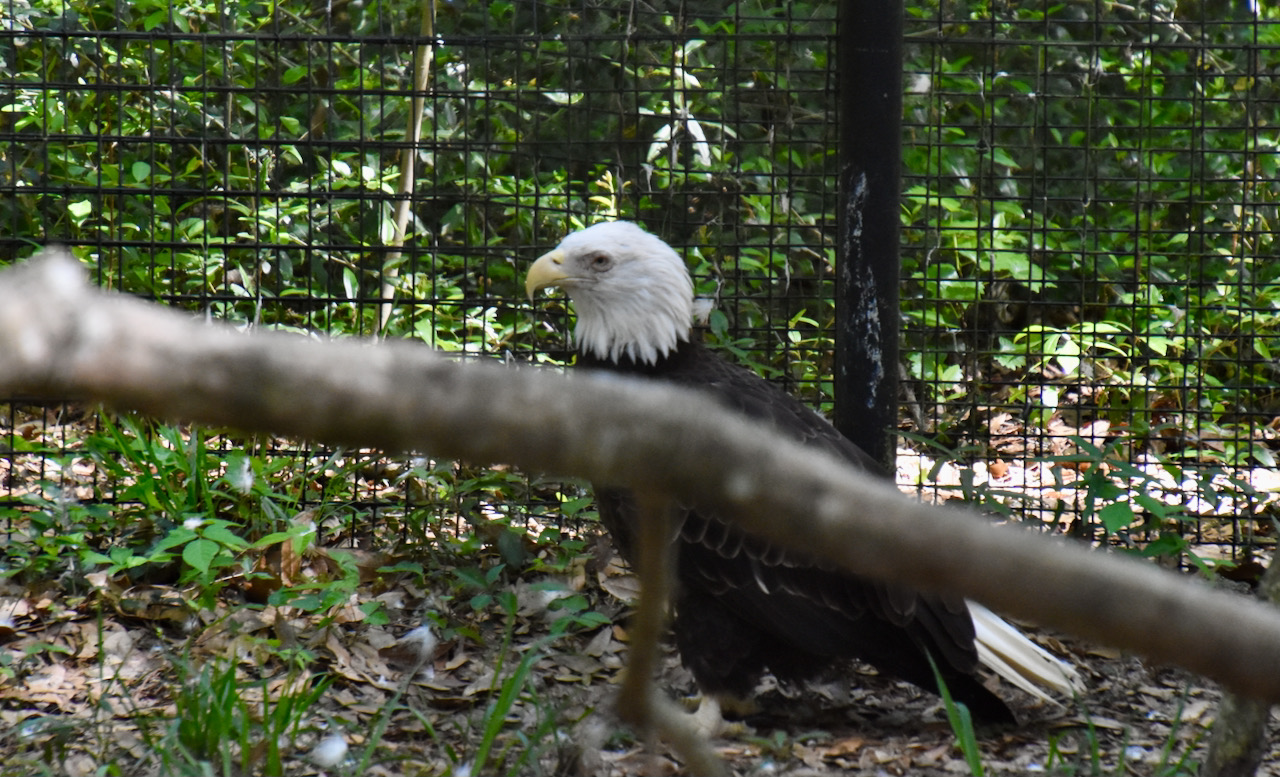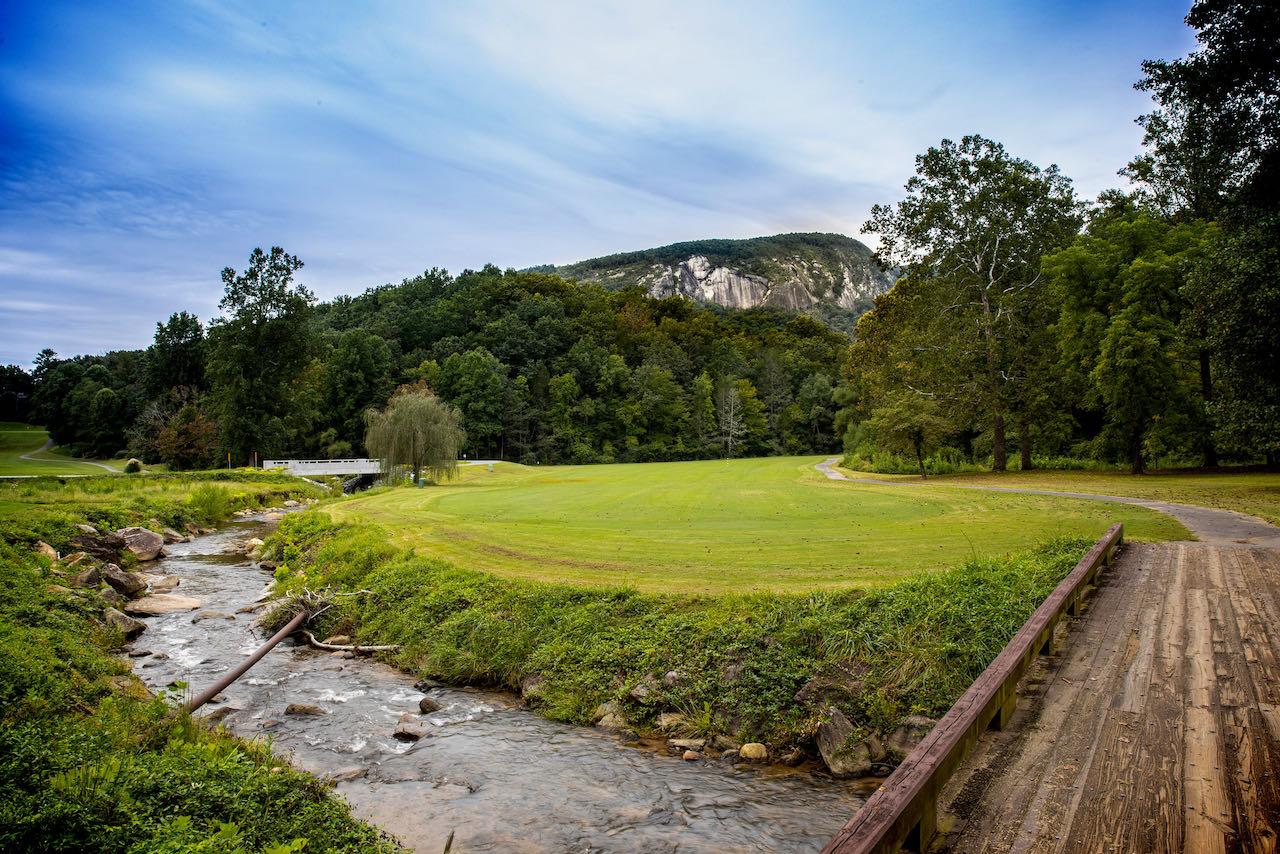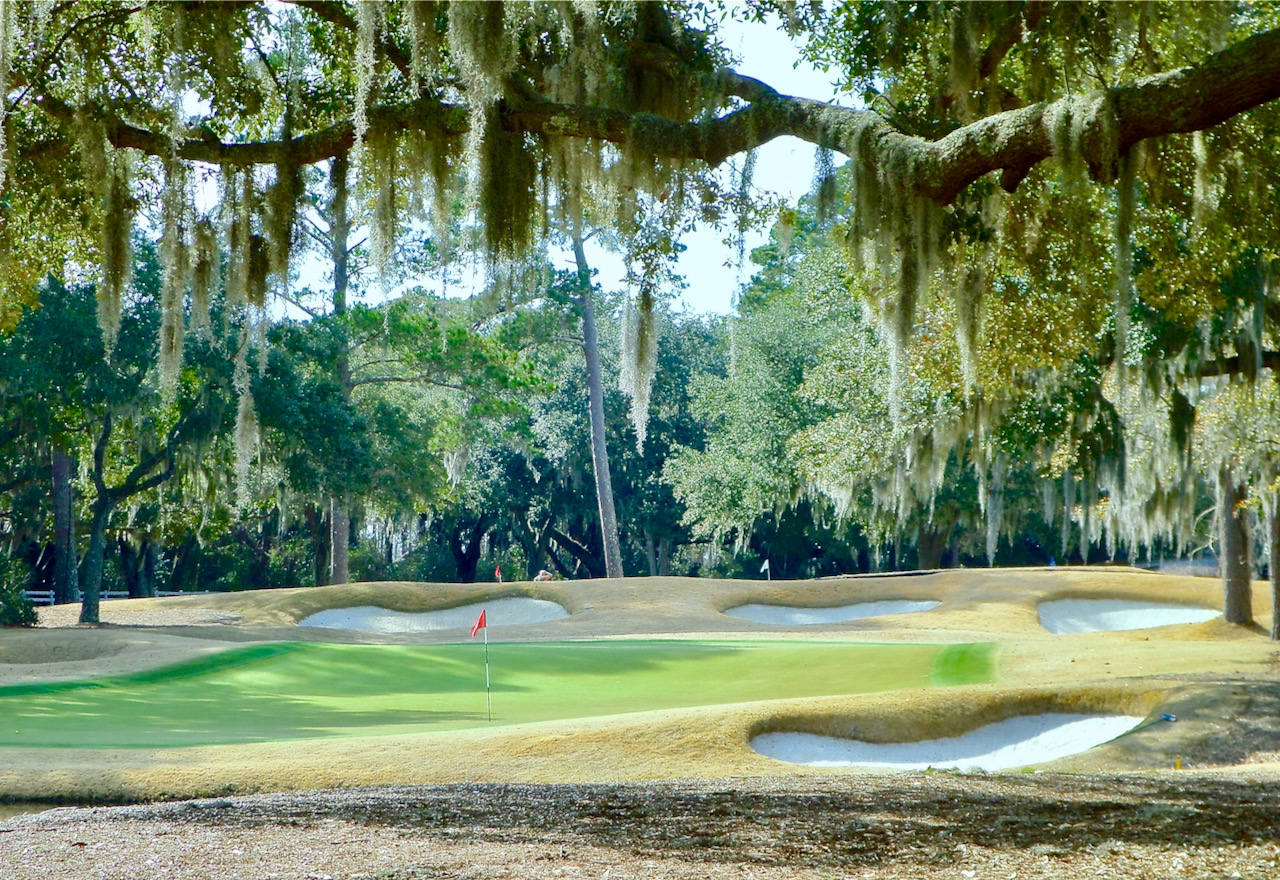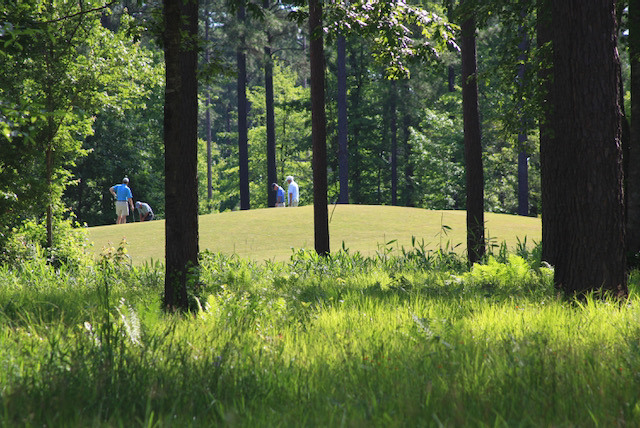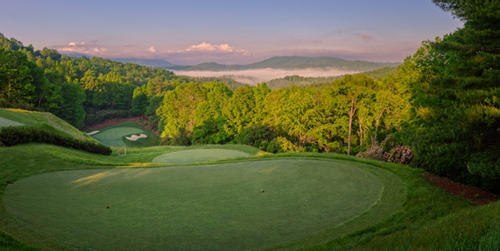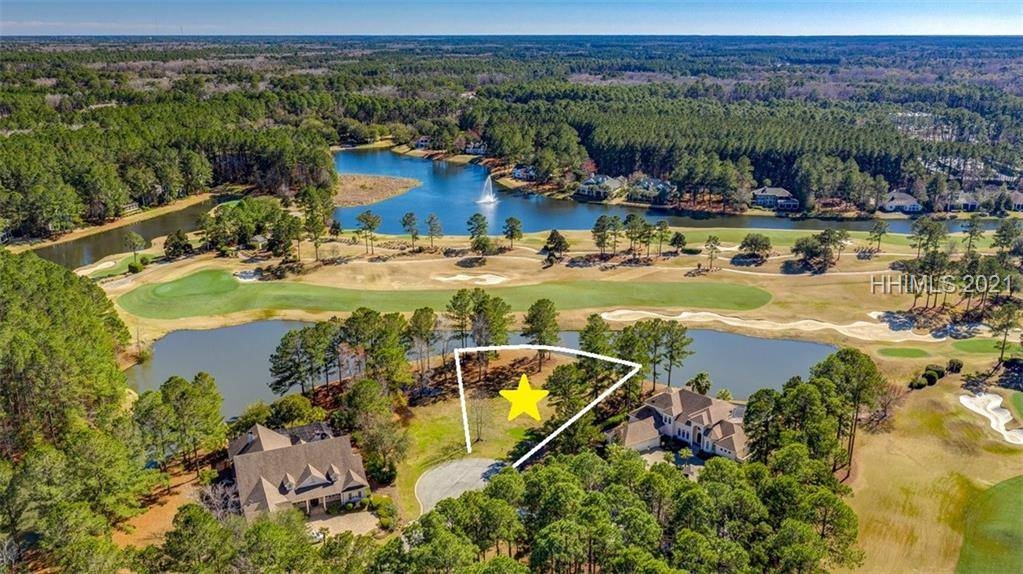In the run up to the most contentious Presidential election in our lifetimes, I recently interviewed developers and residents in a few golf communities in Southeast. I asked if the fractious nature of the election season had spilled over into their clubhouses and onto their golf courses. I thought that with Yankees and native Southerners at such close quarters, the debates might have stretched the bounds of civility.
But, no, my contacts said, all was quiet inside the gates of their golf communities. Undeterred, I took a look at the political preferences in counties that surround some of the most popular golf communities in the region. After all, one must occasionally venture outside the gates of the golf community for groceries, entertainment, doctor’s appointments and the like.
It is tempting to assume that in the South, candidates running under the banner of the Democrat party probably don’t do very well, and that has been true for decades and remains true for most areas of the region. But some cracks began to appear when, in the 2008 election, President Obama pulled off a stunning victory in North Carolina, where he garnered 49.9% of the state's vote to Senator John McCain’s 49.5%. (Mitt Romney edged the President in the Tarheel State in 2012.) Virginia tilted blue in 2008 and has remained so, barely, in the two elections since. Statewide, though, South Carolina has been consistently red since the early 1960s, and although some polls added a tinge of purple to the predictions for the state in the 2016 election, Donald Trump triumphed decisively over Hillary Clinton in this past week’s voting. With the exception of Virginia, all the Southeastern states went for Trump.
Obviously, no voting data is collected from inside the gates of golf communities, but there is plenty of accurate data for the surrounding counties. And for those who will care about the politics just outside the gates of where they live, here are selected results from golf communities in the Southeast for the 2016 Presidential election, followed by the names of golf communities in each county. Note that the results from Stephens County in Georgia, home to the beautiful Curahee Club, indicate that more than 8 in 10 county residents voted Republican, by far the most lopsided results we have seen.
Virginia
Albemarle County (Charlottesville)
Clinton............59%
Trump.............34%
Glenmore Country Club
Keswick Hall
Old Trail
Nelson County (Nellyford)
Trump.............49%
Clinton............45%
Wintergreen Resort
North Carolina
Henderson County (Hendersonville, Flat Rock)
Trump..............62%
Clinton.............34%
Champion Hills
Kenmure
Buncombe County (Asheville)
Clinton..............54%
Trump................40%
Cliffs at Walnut Cove
Country Club of Asheville
Brunswick County (Southport, Sunset Beach, Shallotte)
Trump.................63%
Clinton................34%
South Carolina
Horry County (Myrtle Beach, North Myrtle Beach)
Trump.................67%
Clinton................30%
Grande Dunes
Barefoot Resort
Prestwick
Georgetown County (Georgetown, Pawleys Island)
Trump..................55%
Clinton................42%
DeBordieu Colony
Pawleys Plantation
Reserve at Pawleys
Wachesaw Plantation
Greenville County (Greenville, Travelers Rest)
Trump..................59%
Clinton................35%
Greenville Country Club
Cliffs Valley
Cliffs at Mountain Park
Pebble Creek
Green Valley
Spartanburg County (Greer, Landrum)
Trump..................63%
Clinton................33%
Thornblade
Cliffs at Glassy
Charleston County (Charleston, Mt. Pleasant)
Clinton................51%
Trump.................43%
Kiawah Island Resort
Rivertowne Country Club
Wild Dunes Resort
Charleston National
Bulls Bay
Beaufort County (Bluffton, Hilton Head, Daufuskie)
Trump...................55%
Clinton..................41%
Colleton River
Berkeley Hall
Belfair
Sea Pines Plantation
Georgia
Chatham County (Savannah, Skidaway Island)
Clinton...................56%
Trump....................41%
The Landings on Skidaway Island
Stephens County (Toccoa)
Trump....................79%
Clinton...................19%
Currahee Club
Greene County (Greensboro, Lake Oconee)
Trump....................62%
Clinton...................36%
Reynolds Lake Oconee
Cuscowilla
Florida
Manatee County (Bradenton)
Trump....................57%
Clinton...................40%
Concession
Esplanade
Palm Aire
Sarasota County (Sarasota)
Trump...................54%
Clinton.................43%
Laurel Oak
Longboat Key
Prestancia
Collier County (Naples)
Trump...................62%
Clinton..................36%
Audubon
Mediterra
Heritage Bay
Vineyards
Indian River County (Vero Beach)
Trump....................61%
Clinton...................36%
Grand Harbor
Pointe West
Orchid Island
Bent Pine







